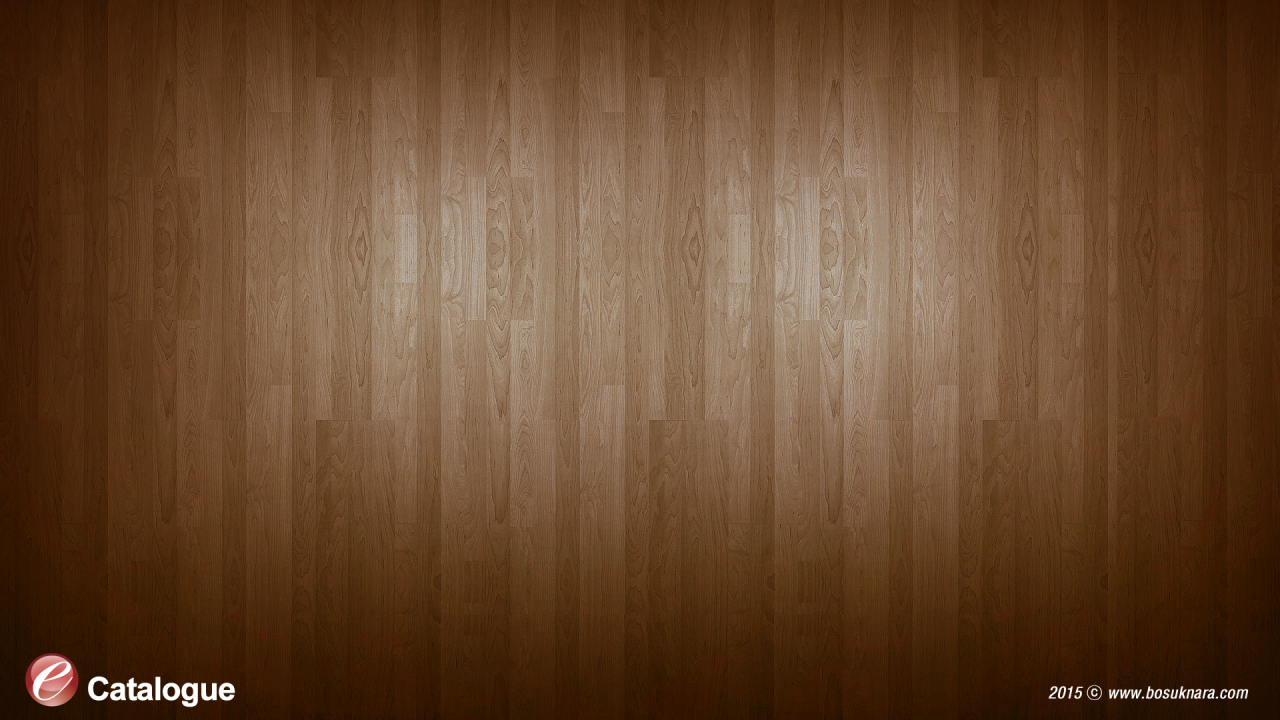

38
ROUGH D I AMOND SAL ES
AND D I STR I BUT I ON
2013 SNAPSHOT
Global rough diamond sales by producers increased
approximately five per cent from 2012 to 2013, to
reach a total of just under US$18 billion.
De Beers remained the largest supplier with roughly
33 per cent of overall sales measured by value (the
same share as in 2012), followed by ALROSA with
25 per cent of sales (vs 23 per cent the year before).
Other primary suppliers included SODIAM (Angola)
with an estimated six per cent share, Rio Tinto
with a five per cent share and Dominion Diamond
Corporation and the Zimbabwe alluvial producers
with about four per cent each, all in approximate
USD value terms (see Fig. 20).
A variety of rough diamond sales channels are used
by primary suppliers (see Fig. 21). De Beers uses
multi-year contracts with more than 80 term contract
clients – Sightholders – to sell most of its production.
De Beers has also used sophisticated online auctions
since 2008 to sell a proportion of the Group’s
production. In recent years, ALROSA has established
three-year supply agreements with a selection of
customers and supplements these sales with one-
time sales as well as competitive bidding (auctions)
22
.
However, some producers, such as Gem Diamonds
and Petra Diamonds, use an auction-only platform.
FIG. 20:
GLOBAL ROUGH SUPPLY
Source: De Beers
Per cent
i
Okavango Diamond Company sales are accounted for in the De
Beers number as sales from DTC Botswana
ii
Excludes sales of polished diamonds and sales of rough
diamonds to Gokhran
iii
Company Annual/Quarterly Reports
iv
De Beers estimates
v
Includes 40 per cent of Diavik production and 80 per cent of
revenue from Ekati from April 2013
vi
Company reports including Gem, Petra, Firestone, Lucara,
Kimberley Diamonds, among others
2013 ROUGH DIAMOND SALESBY VALUE SHARE
De Beers
i
33
ALROSA
ii
25
Rio Tinto
iii
5
SODIAM
iv
6
Artisanal/
Informal
iv
12
Other
vi
11
Zimbabwe/
Marange
(Chiadzwa)
iv
4
Dominion
v
4















